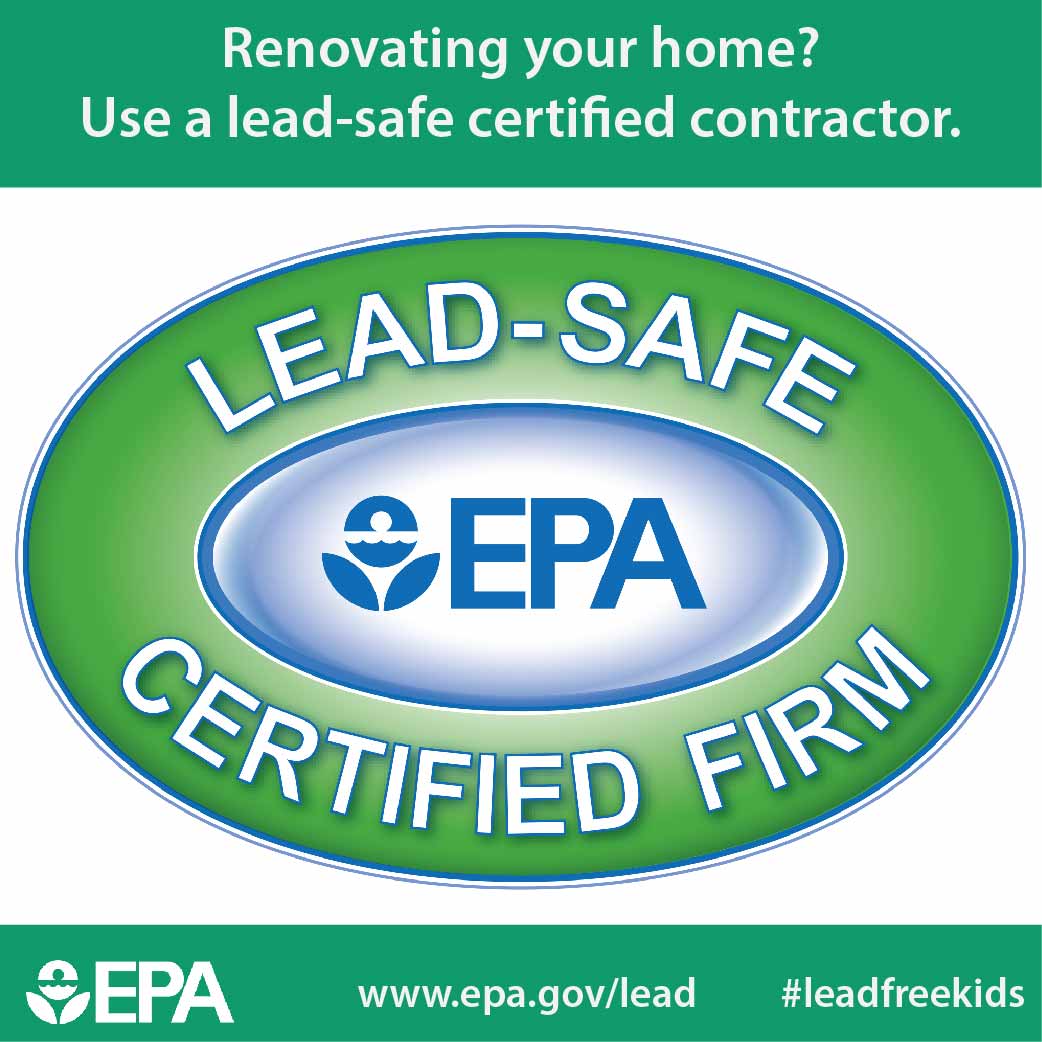Seasonal Factors To Consider For Commercial Exterior Paint: What You Need To Know
Seasonal Factors To Consider For Commercial Exterior Paint: What You Need To Know
Blog Article
Produced By-Doherty Rodriquez
When you're planning a commercial exterior paint task, seasonal factors can make or damage your outcomes. You'll wish to consider how temperature level and humidity influence paint application and drying out times. Picking the ideal period can guarantee your paint adheres appropriately and lasts much longer. But which seasons are truly the best for this kind of job? Let's explore the key elements that can impact your task's success.
The Influence of Temperature on Paint Application
When you're planning an industrial external painting project, the temperature level can significantly impact how well the paint sticks and dries.
Preferably, you want to repaint when temperature levels vary between 50 ° F and 85 ° F. If it's as well chilly, the paint might not cure correctly, resulting in problems like peeling off or fracturing.
On the other hand, if it's as well hot, the paint can dry out too promptly, protecting against correct bond and causing an irregular finish.
You should likewise consider the time of day; early morning or late afternoon offers cooler temperature levels, which can be extra desirable.
Constantly examine the producer's recommendations for the specific paint you're making use of, as they usually supply advice on the ideal temperature level array for optimum results.
Humidity and Its Effect on Drying Times
Temperature isn't the only environmental aspect that affects your industrial external painting project; moisture plays a considerable function as well. High moisture levels can reduce drying times drastically, impacting the total quality of your paint task.
When the air is saturated with wetness, the paint takes longer to heal, which can result in issues like poor bond and a greater risk of mold growth. If you're painting on an especially humid day, be planned for extensive delay times between coats.
It's essential to keep track of local weather conditions and plan appropriately. Ideally, go for humidity levels between 40% and 70% for optimum drying out.
Maintaining these factors in mind guarantees your job stays on track and provides an enduring finish.
Best Seasons for Commercial Exterior Painting Projects
What's the most effective time of year for your commercial exterior paint tasks?
Spring and early fall are typically your best choices. Throughout these seasons, temperatures are mild, and humidity levels are frequently reduced, producing ideal conditions for paint application and drying.
Avoid summertime's intense heat, which can cause paint to dry as well rapidly, leading to inadequate adhesion and coating. Similarly, winter months's chilly temperatures can prevent proper drying out and healing, risking the durability of your paint job.
Aim for days with temperature levels between 50 ° F and 85 ° F for optimum outcomes. Keep in mind to examine the local weather report for rain, as damp problems can spoil your task.
Preparation around these factors guarantees your painting job runs efficiently and lasts much longer.
Verdict
To conclude, intending your business external paint tasks around seasonal considerations can make a significant difference in the end result. By https://www.azcentral.com/story/sponsor-story/arizona-painting-company/2018/12/01/6-tips-prepare-home-professional-paint-crew/2148980002/ throughout the ideal temperatures and humidity degrees, you'll guarantee better adhesion and drying times. Remember to watch on regional weather forecasts and choose the right time of year-- spring and early fall are your best bets. Taking best painting company near me will certainly assist you attain a sturdy and specialist finish that lasts.
